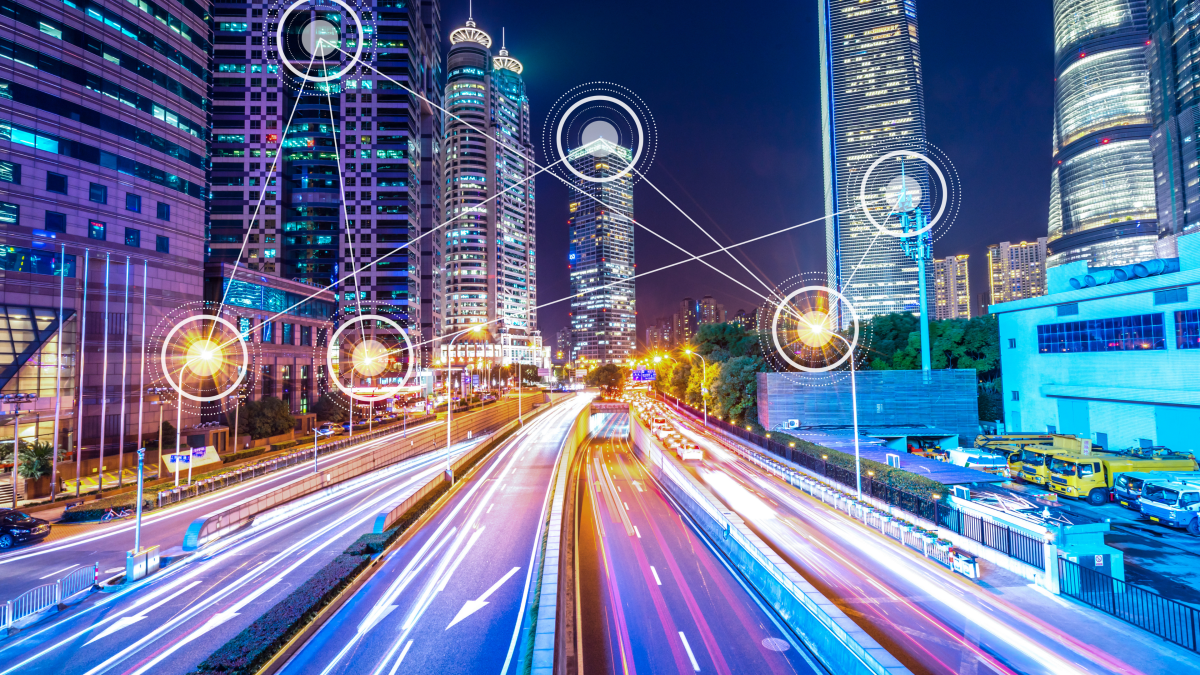Friendly urbanism, smart cities
August 11, 2021
More than 30 countries celebrated the World Urban Planning Day on November 8, convening a set of disciplines that seek to improve the design and management of cities, incorporating the advantages of AI and the sustainable perspective of development, in an overpopulated planet that subsists in critical climatic conditions.
Beyond public housing policies, the development of public works and equitable access to services; Today we experience with special satisfaction the active participation of the actors in each territory, highlighting the importance of friendly and responsible cities in the long term.
An interesting concept in this sense is the one offered by the “smart city”, which proposes an evolution based on the use of information technologies and data management, to make its services more efficient. This allows the sustainable use of the city’s resources, thus improving the quality of life of its inhabitants. In this sense, the smart city must be able to articulate different sectors in a harmonious way, rescuing the interactions between them, such as telecommunications, security, transport, health, drinking water, energy, waste management and recycling, both in the daily operation as in prospective city planning.
With this purpose ahead, the smart city uses a variety of sensors, the “internet of things” (IoT), communication networks, interfaces and specialized software to generate, transmit, store and analyze the data of interest. Its first step is to monitor the critical variables in the different sectors that interact in a city, that is, to generate useful data. An example of the above can be the measurement of the level of traffic on avenues with a tendency to congestion. Finally, once we have the data, the intelligence of the city is provided by the software that will analyze the data to generate operational recommendations, for example, the status of a traffic light.

